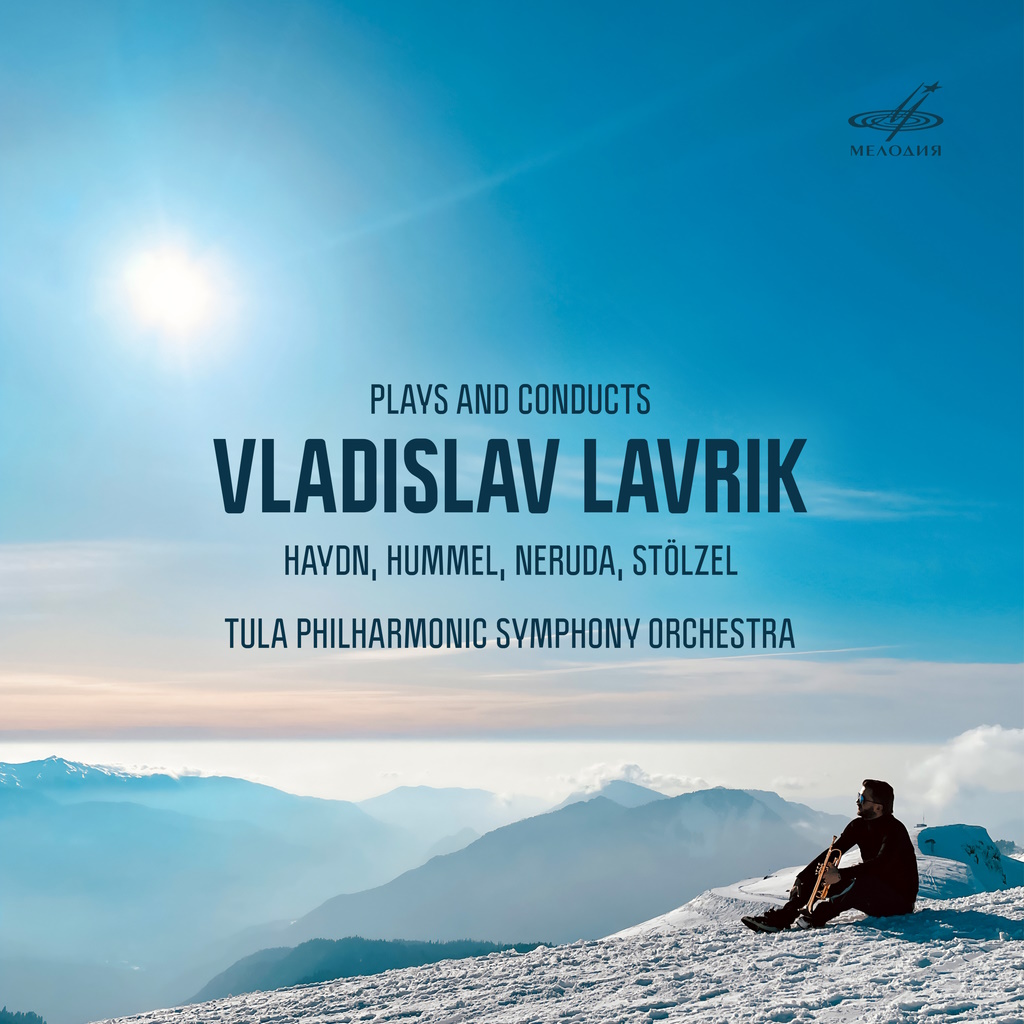Melodia CD Vladislav Lavrik
This album presents a joint project of the Tula Philharmonic Symphony Orchestra and the renowned Russian musician Vladislav Lavrik who acts as both a soloist and conductor. This is how he explains his position: “To me, on the one hand, this is the opportunity to prepare the orchestra, as close as possible, for the sound that I want to hear, and on the other hand, a rather complicated and responsible system of interaction with the musicians during performance. The works I perform on this album were written in a time when conducting as a profession didn’t exist. The composers used to lead the performances of their opuses sitting at the harpsichord or playing the violin.”
The album includes interpretations of four trumpet concertos where Vladislav Lavrik acts as both a soloist and conductor and achieves maximum integrity and stylistic authenticity.
